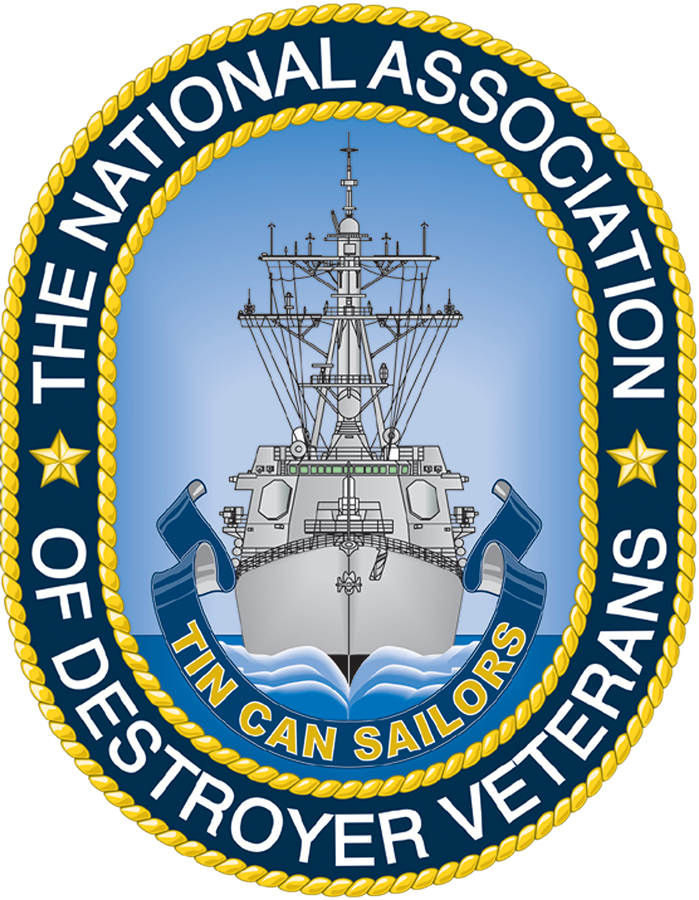Hull Number: DD-529
Launch Date: 10/24/1942
Commissioned Date: 03/10/1943
Voice Call Sign: HELPER
Class: FLETCHER
FLETCHER Class
Data for USS Fletcher (DD-445) as of 1945
Length Overall: 376’ 5"
Beam: 39’ 7"
Draft: 13’ 9"
Standard Displacement: 2,050 tons
Full Load Displacement: 2,940 tons
Fuel capacity: 3,250 barrels
Armament:
Five 5″/38 caliber guns
Five 40mm twin anti-aircraft mounts
Two 21″ quintuple torpedo tubes
Complement:
20 Officers
309 Enlisted
Propulsion:
4 Boilers
2 General Electric Turbines: 60,000 horsepower
Highest speed on trials: 35.2 knots
Namesake: WILLIAM SHARP BUSH
WILLIAM SHARP BUSH
Dictionary of American Naval Fighting Ships, February 2016
Born in Wilmington, Del., William Sharp Bush was appointed Second Lieutenant in the Marine Corps 3 July 1809. He lost his life while serving aboard Constitution when he fell mortally wounded while attempting to board the frigate Guerriere 19 August 1812. He was posthumously awarded a silver medal by Congress.
Disposition:
Sunk 04/06/1945, by suicide plane, at 27 deg 16 min N., 127 deg 48 min E.
